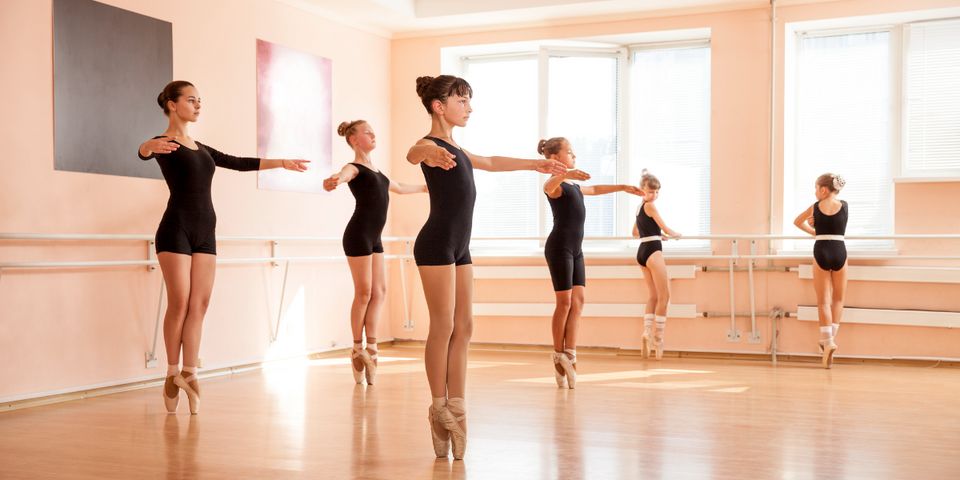A Guide to the Fascinating History of Ballet

If your child loves to dance, enrolling them in ballet classes is an excellent way to help them exercise and learn coordination and discipline. This form of dance has a long history, and understanding how it started and evolved can help your child get excited about their upcoming lessons. Below is a brief overview of ballet to help you introduce the topic to your young one.
Where Did Ballet Originate?
Ballet originated in the 15th century during the Italian Renaissance. This form of dance was created as entertainment for the royal court in Italy. At first, dancers wore masks, headdresses, and pantaloons, with these items restricting movement to simple hops, slides, and turns. When the Italian aristocrat Catherine de Medici married the French king, Henry II, in 1533, this art form migrated with her, and France quickly became the epicenter for developing the fundamentals of ballet.
Performing ballet became a longstanding tradition in the French court, with the costumes, grandeur, and scope of these performances constantly growing. Eventually, dancers founded academies to teach ballet classes to potential performers, which led to many shows being performed in grand opera houses.
How Did It Change in the 19th Century?

By the 19th century, ballet was an integral part of the romantic artistic movement, helping it become more popular in Russia. During this period, ballets were choreographed in a narrative form with movements reflecting themes and telling stories.
The ballerina tutu and longer tulle skirts became the normal attire in this period. Additionally, the style of performing on tip-toe or "on pointe" was growing in popularity due to the invention of new shoes that helped facilitate the movement. Some of the most popular ballets in history were choreographed and composed during this time, including "The Nutcracker," "Swan Lake," and "The Sleeping Beauty."
What Is Modern Ballet Like?
Classical ballets are still performed today with the same foundational movements invented hundreds of years ago. Ballet classes are popular because they teach children to explore coordination, posture, and patience while establishing a love for movement. Contemporary ballets created by modern or neo-classical choreographers often blend traditional routines with other forms of dance to create new narrative or innovative pieces, helping showcase music and dance without telling a traditional story.
If your child is interested in taking ballet classes, contact New Hampshire Academie of Dance. Since 1969, this dance studio has been teaching traditional and modern dance styles to students throughout the Greater Derry and Londonderry area. They offer lessons for everything from tap and hip hop to jazz and lyrical dance. Call (603) 432-4041 to speak with a team member about enrollment. Visit the website for more information about their classes.
About the Business
Have a question? Ask the experts!
Send your question

